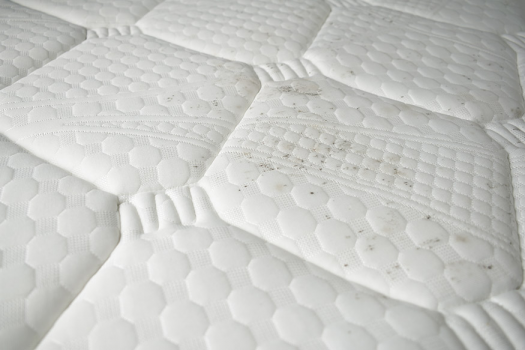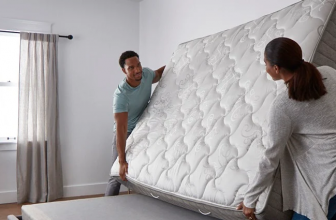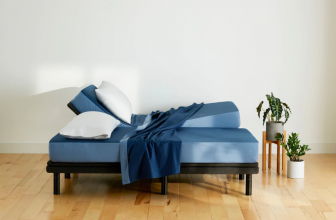Brief: How To Get Mold Out Of A Mattress
- How Mold Appears in Mattresses: Common causes include excessive moisture, old mattresses, and pet dander. Moist environments, lack of ventilation, and accumulation of organic material like skin flakes and pet fur contribute to mold growth.
- Steps to Remove Mold:
- Vacuuming: Start by vacuuming both sides of the mattress.
- Rubbing Alcohol Solution: Mix rubbing alcohol with water, spray on the moldy area, and let it sit for about ten minutes.
- Rinse with Cold Water: Rinse the treated area with cold water.
- Disinfectant Spray: Apply a disinfectant, preferably bleach diluted in water.
- Air Drying: Dry the mattress in sunlight or a well-ventilated area.
- Preventing Mold Recurrence:
- Control Moisture: Ensure the bedroom and mattress remain dry.
- Clean Air with a Purifier: Use an air purifier to remove mold spores from the air.
- Maintain Good Airflow: Keep windows open for ventilation and use fans or dehumidifiers.
- FAQs:
- Identification: Mold on mattresses typically manifests as musty odors and visible discoloration.
- Immediate Action: Remove the bedding and air out the mattress.
- Cleaning Materials: Use a HEPA filter vacuum, diluted bleach, and steam cleaners cautiously.
- Storage: Store the mattress in a dry, ventilated area.
- Replacement: Consider replacing the mattress if mold infestation is severe.
- Best Mattress Type: Memory foam and latex mattresses are less prone to mold due to their antimicrobial properties.
Mold in a mattress appears to be an uncommon problem, but it is more common than you think. In fact, over 18% of people have some type of mold in their bed or room at any given time.

And how do they know they have mold? The answer comes down to one specific sign – a musty smell. And while that is not the only indicator that you are dealing with mold, it does indicate that there may be a problem with your mattress. This article will give you vast information about mold in your bedroom, as well as a step-by-step guide on how to get mold out of a mattress.
How Does Mold In The Mattress Appear?
We talk a lot about mold in the house, but what about mold in your mattress? How is that possible? The answer to that question involves a lot of different factors. There are many ways that mold can appear in your bed, but here are some of the most common:
Moisture In Your Mattress
Moisture can come from too much humidity in and around your house (which will cause mold problems with wallpaper, ceiling tiles, and more).
Your Mattress Is Old
This should be an obvious one, but if you are sleeping on a mattress over ten years old, it is not doing your body any favors. And if it was made with cotton instead of memory foam, that could be causing some real problems for your back and neck (along with the mold problems we will get into later).
You Have Pets
You may love your furry friend more than anything else in the world, but they shed their dander which can cause allergies, asthma, and even mold in a mattress.
How To Get Mold Out Of A Mattress: 5 Easy Steps
Now that you know some common factors to mold in a mattress let’s talk about how to do something about it. These steps will work for all ages of beds, and they are very easy to follow.
Vacuum A Mattress
You can vacuum your mattress from both sides with your regular vacuum cleaner – you don’t have to have anything special. But if you do own an air pump, then that is what I would recommend using (it can suck the air out of small crevices). Do not use a brush attachment for this job because the fibers from the brush will get caught in the foam and cause more problems than it was trying to help with.
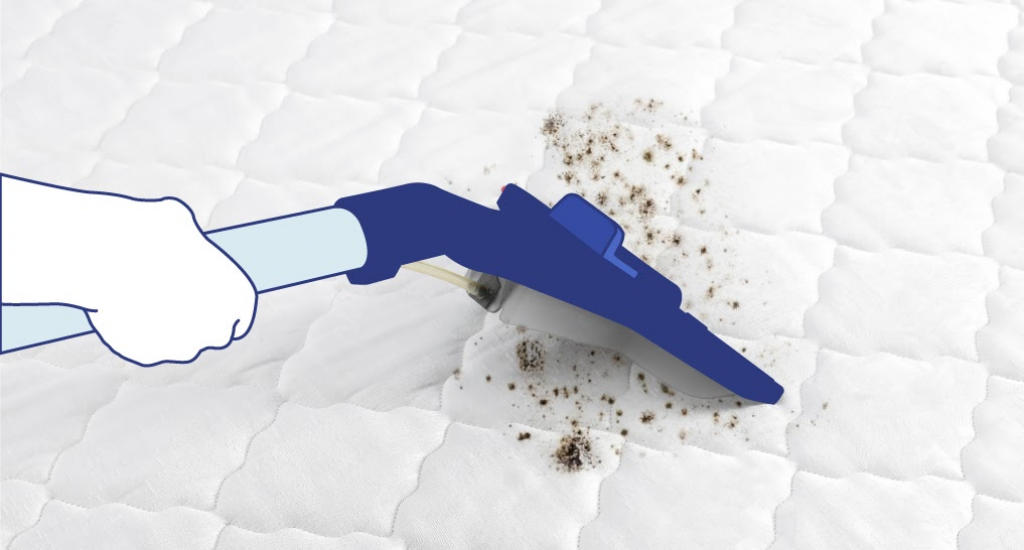
Scrub The Moldy Area With Rubbing Alcohol Solution
Now that your mattress is vacuumed, you can move on to the scrubbing. You will need plenty of rubbing alcohol (preferably isopropyl—that will probably be easier to find) to help with this process. So what you need to do is mix one part rubbing alcohol with two parts water in a spray bottle.
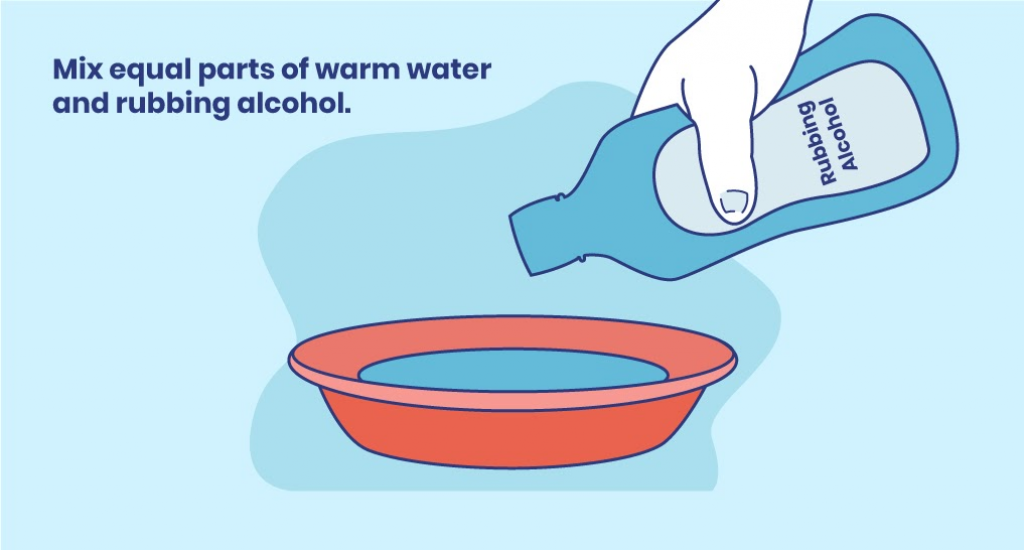
Then spray the mixture on your moldy area and let it sit for ten minutes or so. It may seem counterintuitive, but letting the mixture sit will help kill the mold better than if you were just spraying it on (the rubbing alcohol solution also dries faster).
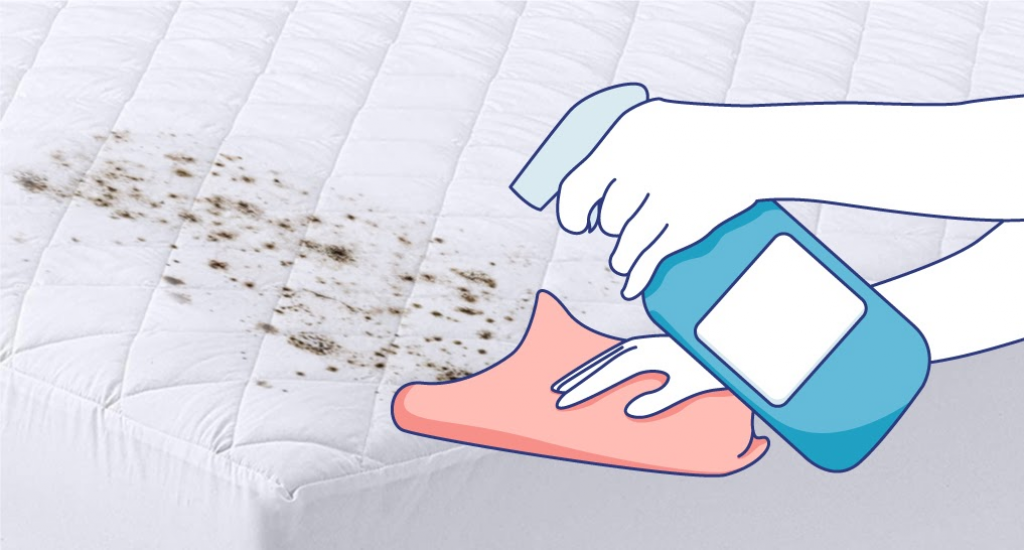
Rinse With Cold Water
Now that the rubbing alcohol has sat on your mattress, it is time to rinse it off. You may think that this would be enough on its own to help get rid of the mold, but you should always rinse with cold water (to prevent spreading the mold spores).
You do not have to flush out a large amount of water – just create a gentle stream with your hose or faucet and let it run for 30 seconds or so. You can also use a cloth or a sponge to clean the mattress surface.
Spray On A Disinfectant
You will need to spray on a disinfectant after scrubbing the mold away and rinsing it with cold water. The easiest thing to do is to go with bleach – that is a little strong, but it seems to do the job well. Ideally, you should mix one part of bleach with four parts of water in a spray bottle and then use that on your mattress.
Air Dry The Mattress
Finally, you want to let your mattress dry completely before returning it to your bedroom. It will be better to use direct sunlight to boost the drying process.
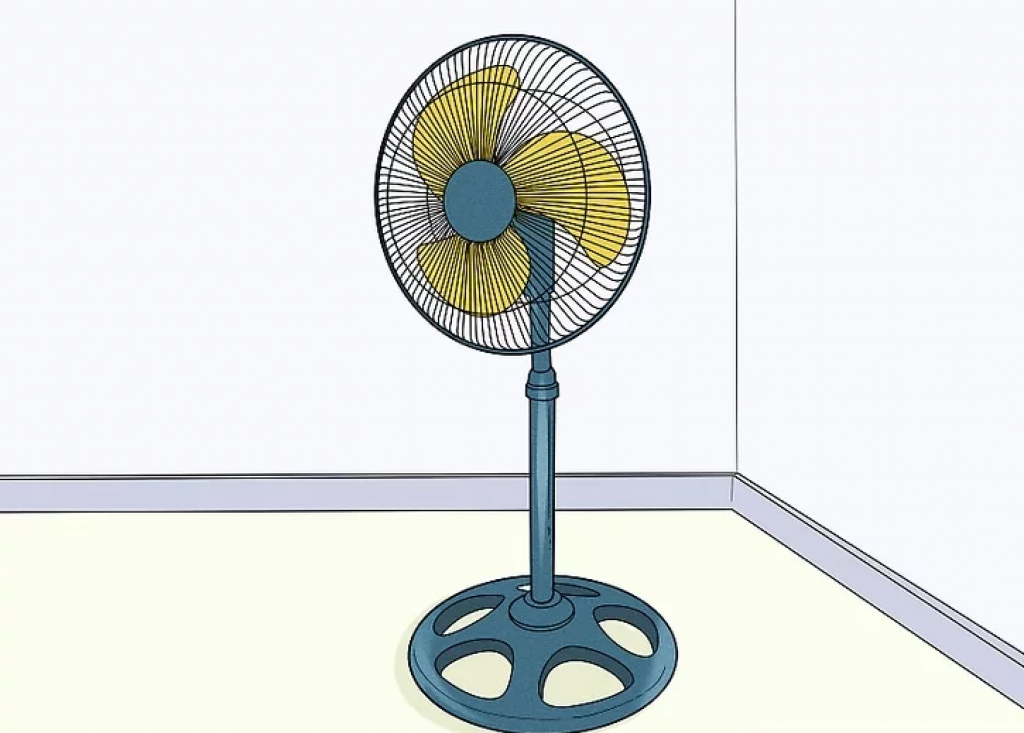
How To Prevent Mold Recurring In Your Mattress?
If you follow these steps correctly, then your problem with mold in your mattress should be over. But if you want to prevent mold from ever happening again, the best thing you could do is make sure the bed is used and treated correctly.
Remove Excess Moisture
One of the best things that you can do to prevent mold is to make sure that excess moisture is removed from your room and mattress. You will want to take the most care when dealing with this step because you do not wish any mold spores (which are microscopic bits) released into the air.
Clean Air With A Purifier
This one is very easy to do, and it will not take very much time at all. You can purchase a small air purifier that uses UV lights to kill mold spores and then keep this near your mattress (preferably right under the box).
That way, any time you have an issue with moisture or mold (which is probably more often than you realize), you can use this air purifier to kill all of the mold spores that may be in the air.
Keep Good Airflow In The Bedroom
Another thing you can do to help prevent mold is to keep good airflow through your bedroom. This will ensure that the air in the room does not become trapped and that there is no excess moisture in the room.

So one way to avoid this problem is to make sure that your windows are all open during the day (and close at night) during warmer weather months. This will cause fresh air into the space and prevent any type of moisture from building up in your bedroom.
FAQ
What is mold?
Mold is a type of fungus that can grow indoors due to the presence of moisture and warm temperatures.
How do I know if I have mold on my mattress?
You may notice a musty smell emanating from your mattress or discoloration in the form of black or green spots on the surface.
What should I do if I confirm I have mold on my mattress?
You must address the mold as soon as possible. Start by airing out the mattress by removing linens, sheets, and other bedding items. Place the mattress in an area where it’ll get plenty of direct sunlight and fresh air.
How can I remove mold from a mattress?
Vacuum the mattress with a wet/dry vacuum cleaner to remove any surface fungi. Use a mixture of 1 cup of bleach per gallon of warm water to spot-treat the mold areas. Let the mattress dry completely before covering it with fresh linens.
What should I use to clean a mattress?
You should use a vacuum cleaner with a HEPA filter for deep cleaning. A mild solution of detergent and water can be used for spot-treating specific areas.
Is it safe to use bleach to clean a mattress?
You can certainly use bleach to clean an infested mattress. It is important to dilute the bleach before use and to be sure that the mattress is completely dry before replacing the bedding.
Can I use a steam cleaner to remove mold?
Steam cleaning is an effective way to remove mold. Make sure that the temperature setting is set to low or medium, as high heat could damage the mattress.
How do I ensure that the mattress stays safe from mold?
You can prevent mold growth by using a mattress protector, which helps to create a barrier against dust mites, bacteria, and mold. Additionally, you should ensure the mattress is placed in a well-ventilated area.
Will a firm mattress provide protection against mold?
Yes, a firm mattress can help to reduce the growth of mold since it won’t allow moisture to accumulate in the mattress fibers.
What is the best way to remove moisture from a mattress?
You should use a dehumidifier to reduce moisture levels in the room. Additionally, airing out the mattress by removing linens, sheets, and other bedding items and allowing the mattress to sit in direct sunlight and fresh air is an effective way to remove moisture.
Will the mold return even after I remove it?
Mold may return, especially if you don’t take preventative measures to reduce the humidity and moisture level in the area where your mattress is stored.
What is the best way to store a mattress?
Mattresses should be stored in a dry, clean, and well-ventilated area. It is important to keep the room free of dust, pet dander, and mold spores.
Do I need to replace the mattress if it is infested with mold?
It is advisable to replace the mattress if it has become infested with mold, as the fungi may be impossible to remove completely.
Which type of mattress is best for preventing mold growth?
Memory foam mattresses and latex mattresses are less likely to develop mold, as they don’t accumulate moisture like other materials. These types of mattresses are also antimicrobial, making them less prone to the growth of bacteria and fungi.
Are there any additional steps I can take to protect my mattress from mold?
Using a mattress protector that is resistant to water and dust can help to protect your mattress from mold, as it will create a barrier against moisture, dust mites, and bacteria.
You may want to revisit some parts of the article

